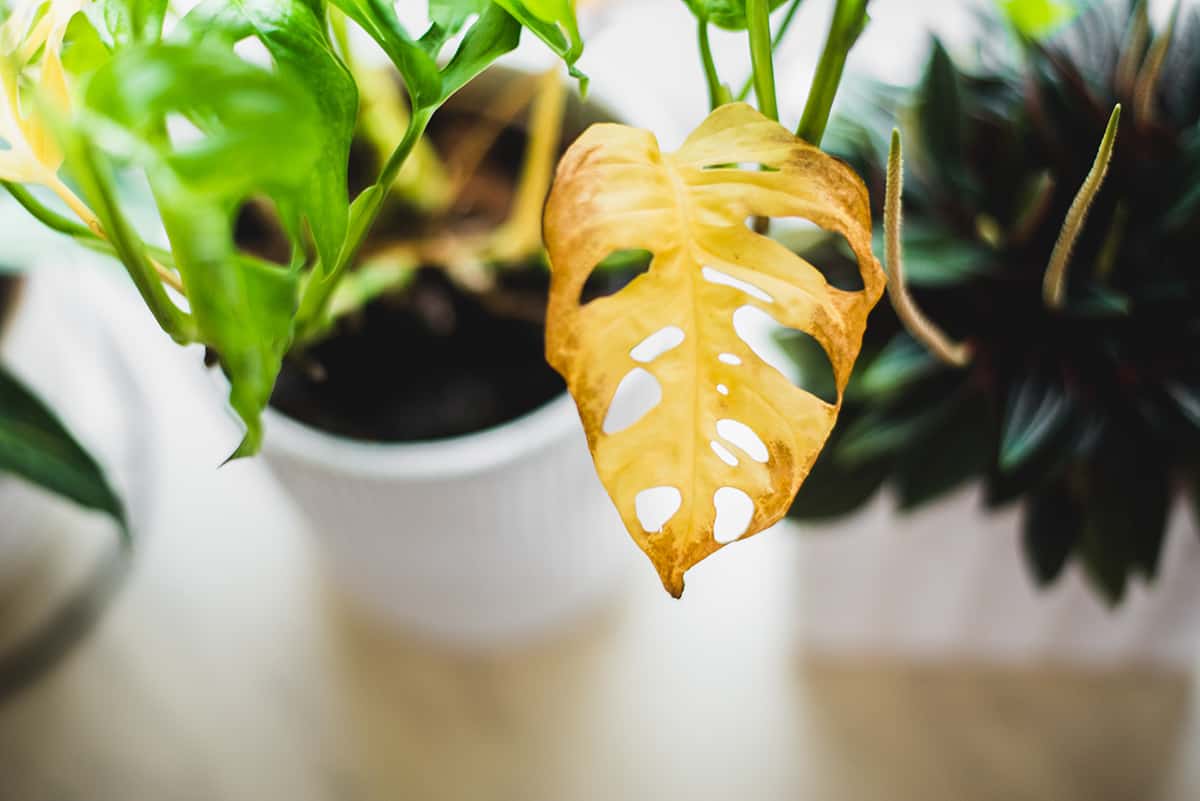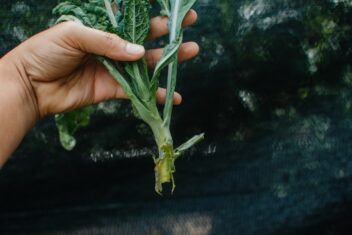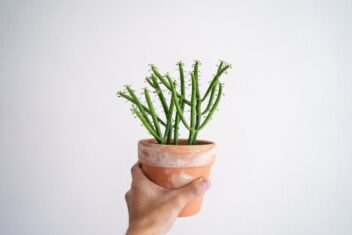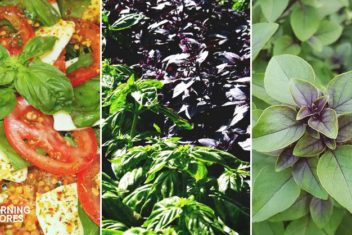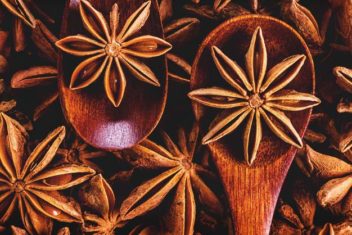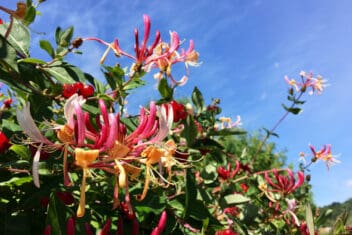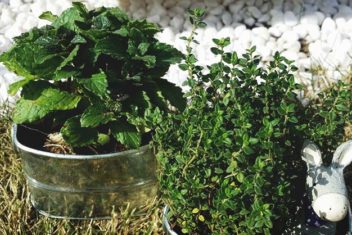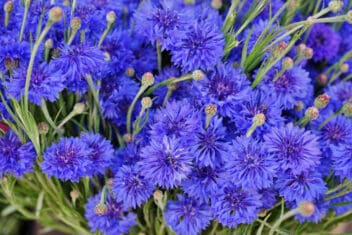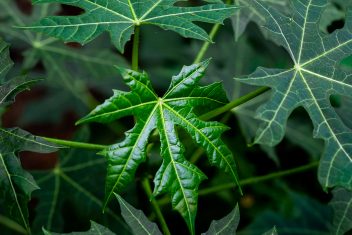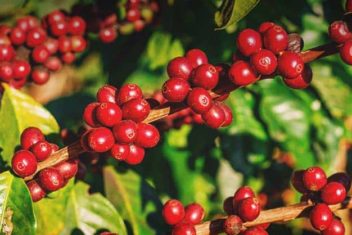Houseplants provide a little slice of nature indoors, whether you’re in the middle of a city or out on a farm. Just like outdoor plants, houseplants sometimes struggle to survive. When your houseplants start dying, it might not be a pest or disease, but one of many growing problems.
For example, the wrong conditions involving light, temperature, water, humidity, and nutrition are amongst the most common houseplant problems that can kill your beautiful plants. We’ll help you sort everything out so your houseplants can thrive.
Why the Right Environment is Important for Houseplants
To understand how environments affect houseplants, we need an understanding of why these factors are important in the first place.
When most people think of the causes of plant decay, the first thing that comes to mind is pests or diseases. If you can, do extensive research on the specific needs of your plant before bringing it into your home. That way, you will avoid any trouble in the future. However, even the best researchers sometimes overlook the simplest details.
Here are the basics that all plants need.
Light
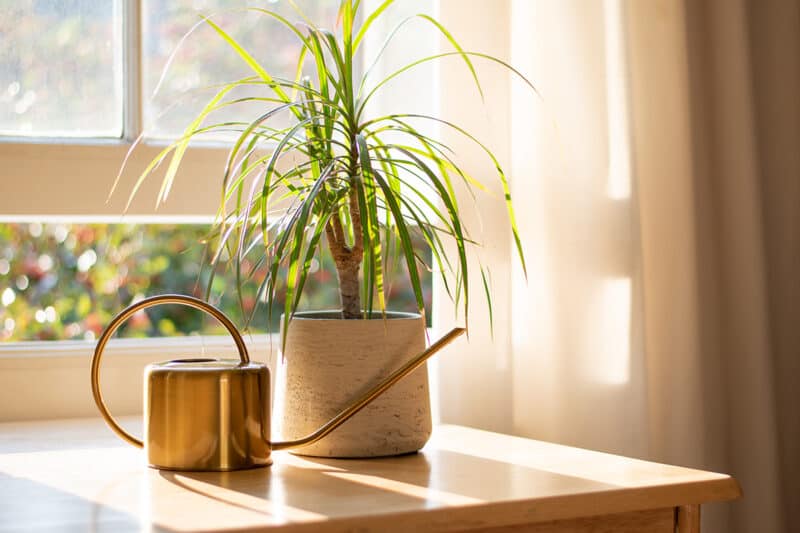
There are three principal factors that contribute to the effect of light on plant growth: quantity, quality, and nutrition.
Quantity– This refers to the volume and intensity of sunlight which can vary depending on the time of year. For instance, there is always more sunlight in summer.
Every plant needs the right amount of light to sustain itself through photosynthesis. Therefore, even in winter when there is less sunlight, there are still some ways to maximize the available sunlight during the day. You can add a white background behind the plant, hang more lights nearby, or add reflective material.
Quality– This is where it can get a bit confusing, but it is worth noting for those of you who are new to plant care. Depending on the type of light, the color (wavelength) changes. For example, sunlight offers all the wavelengths. The best colors are blue and red because they have the best effect on plants for vegetative and flowering growth.
Duration- Also known as photoperiod, it refers to the amount of time the plant is exposed to light. There are different amounts of light depending on which type of plant you have. The three types of photoperiod are short-day, long-day, or day-neutral. As you can imagine, short-day is less than long-day and neutral-day has no maximum light exposure. It is a good idea to double-check which one is relevant for your plants.
Temperature
The correct temperature can determine the outcome for a lot of the key plant processes such as photosynthesis, transpiration, respiration, germination, and flowering. It plays a crucial role in the growth of your plants. Every plant requires a different temperature, and it can sometimes vary depending on what season it is.
That is why there are two different classifications for plants, hardy and non-hardy. The hardy plants are the ones that can survive in cool temperatures, whereas non-hardy plants cannot. For example, some hardy plants can normally survive 10°F, though this can be different depending on the species.
The bottom line is, check the temperature requirements for all your plants all year round. While this is much less relevant for houseplants, since we generally keep our homes at a regulated temperature, it applies to certain plants that need a dormant period. Some plants can’t survive unless they go dormant in cold temps for a few months.
Water and Humidity
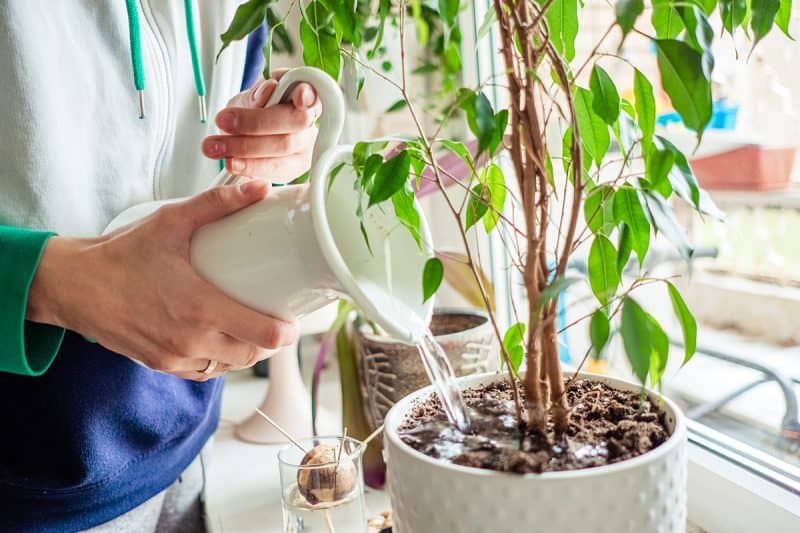
There is no doubt that water and humidity are vital for your plant to bloom and continue thriving in your wonderful home.
Why do plants need water?
- Photosynthesis and respiration
- Controls turgor pressure in cells
- Helps minerals and carbohydrates travel through the plant
- Cools leaves
Plants need a balanced amount of water and humidity to survive. That is the reason that some plants die in summer if they are not given the necessary amount of water. Without both, the plants will not survive.
Nutrition
People normally associate nutrition with fertilization, but they are actually two different things. Nutrition, like in the human body, means the plant needs certain chemical elements to live. Fertilization is when external materials are added to the plant.
Three of the chemical elements that plants need to survive are carbon, hydrogen, and oxygen. All of these are found in the air around the plant and in the soil the plant is growing in. Then, they require the macro-nutrients potassium, nitrogen, and phosphorus, as well as numerous micro-nutrients.
Soil is depleted over time, which is why we usually refresh it through repotting and by adding fertilizers.
Common Houseplant Problems
Ultimately, everyone can hit a rocky patch with houseplants because everyone lives in different climates and households. However, the most important rule of plant care is not to give up straight away. Plants are remarkably resilient and can recover from trauma with the right care and love.
What happens if your plant does not get the correct amount of these five things: light, temperature, water, humidity, and nutrition? That’s when you see houseplant problems pop up. Here are the big ones:
1. Overwatering
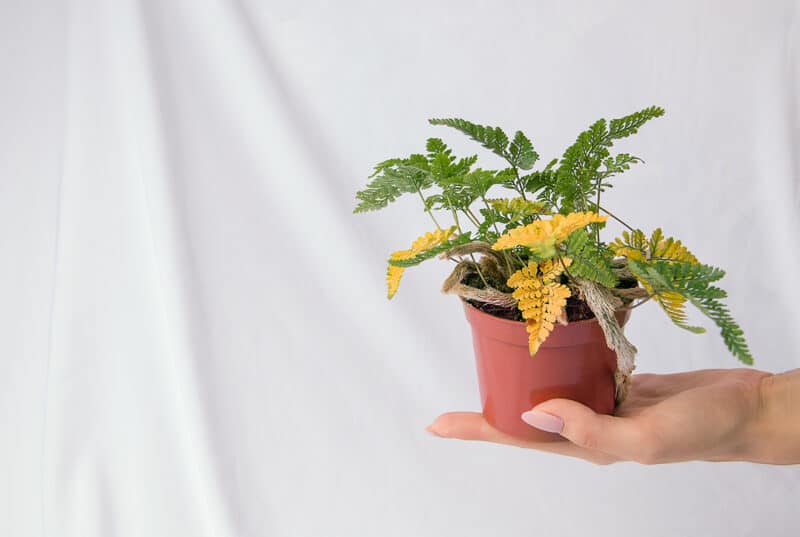
As mentioned above water is one of the main elements plants need to grow, but that does not mean that you cannot overwater your plant. In fact, it is one of the most frequent causes of plant death. If there is too much water, the roots will not get enough air and destroy important nutrients.
How can you spot overwatering?
- Yellow leaves
- Soggy soil
- Heavy pot
- Mold or fungus in the soil
- Brown spots on leaves
2. Underwatering
Yes, underwatering your houseplant can also cause trouble. If your plant is not getting sufficient water, the leaves will start to droop or wilt, and there might be yellow, dried leaves. You might also see dry leaf tips. The roots might even start coming to the surface in need of water.
The best way to avoid this is to learn as much as possible about your plants’ water needs so they can live long, healthy lives! Some plants need to dry out between watering (think succulents) and some need to stay pretty moist all the time (many ferns).
You need to consider your home’s temperature and humidity, as well. Indoor environments are usually drier than the outside environment. That means more frequent watering.
3. Extreme Temperatures
Plants are very delicate and they can become stressed if the temperature is too extreme around them. Similar to watering, too much heat can cause damage and too little heat can also kill your plant. The most useful tip is to keep a moderate temperature all year round. T
hat way, there will not be a risk of exposing your plants to extreme high or low temperatures.
If you plan a vacation, you might ask a friend to look after them while you are away to keep an eye on their progress. Or you can set your thermostat to maintain a steady temperature.
4. Wrong Humidity Levels
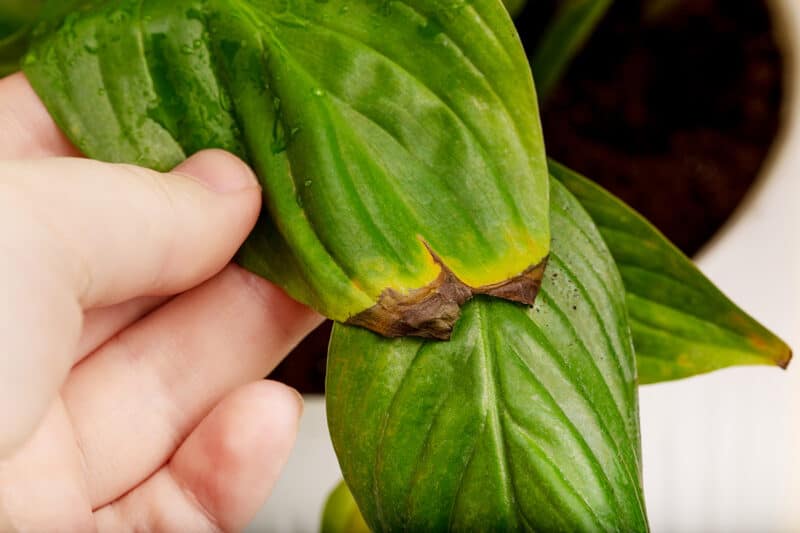
Most houseplants need between 50%-60% to grow properly, however, the average house has less than this. A good rule is, the thinner the leaf, the more humidity the plant requires. Of course, you should always double-check each plant’s requirements, but this tends to be a good average.
How can you tell if your plant is not getting enough humidity?
- The leaves are wrinkled or brown
- The flowers have fallen off
- Leaf tips turn brown
- New growth is curled or wrinkled
If your plant is lacking humidity, you might want to move them to more humid areas of the house. There is normally more humidity in the kitchen or bathroom. You can also group plants to increase humidity or put them on humidity trays, which are trays filled with pebbles and water.
5. Sunburn
You might also come across the term leaf scald, which is another name for plant sunburn. If you don’t catch this soon enough, it can cause irreversible damage to your plant. This houseplant problem happens when there is too much direct sunlight.
Usually, the leaves start to turn brown and fall off.
If you are fortunate to discover this problem early, you can still save your plant. You will just need to move it inside or to a cooler place quickly to give it time to recover.
6. Frequent Relocation
Plants are not too different from us humans. They like stability and predictability. Therefore, if you move them around too much they get stressed as they have to constantly adapt to new environments. Once you find that sweet spot where your plant is happy, try not to move it or you could risk damaging its health.
7. Wrong Soil
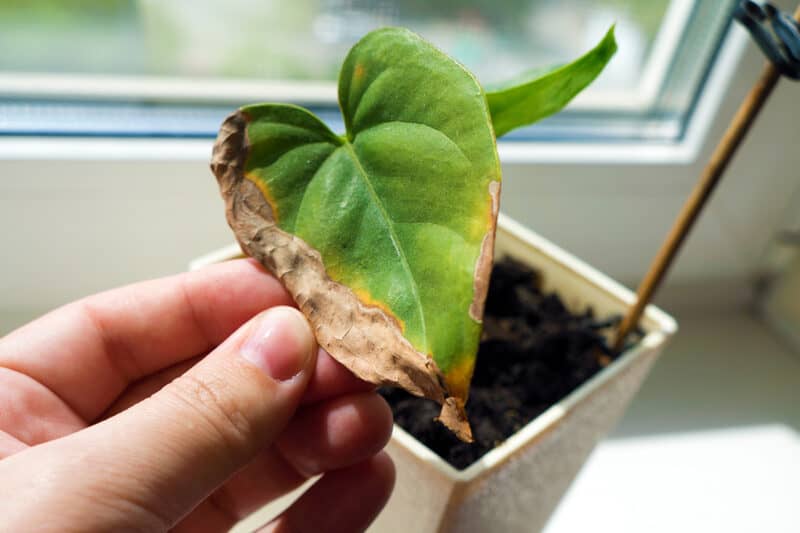
Every plant needs the correct soil. Although, it is quite simple to find a good houseplant soil and avoid problems. You just need to double-check the packaging and make sure it will work with your plant!
You don’t want to put a moisture-loving plant in cactus soil. Plants in the wrong soil can have yellow leaves, rotting foliage, or just fail to thrive.
